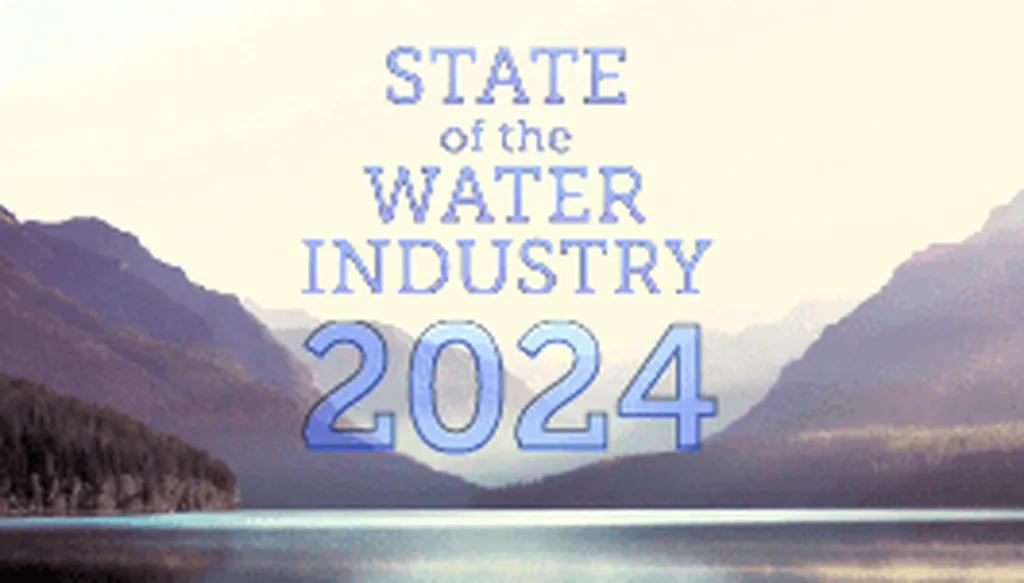When you turn on your kitchen tap, you expect clean, drinkable water. But behind that simple turn of the faucet lies a complex system of protection, investment, and proactive management. As Source Water Protection Week wraps up, it’s clear that the water flowing from our taps today is intrinsically linked to the health of our natural water sources now and in the future.
The shift in priorities within the water industry is telling. For the first time in 21 years, source water protection has topped the list of industry issues, according to the American Water Works Association’s State of the Water Industry report. This shift underscores a growing recognition that prevention is not just better than cure—it’s far more cost-effective. The Environmental Protection Agency estimates that maintaining and improving our nation’s clean water infrastructure will require a staggering $630 billion investment over the next two decades. Yet, the financial case for prevention is clear: protecting source water costs significantly less than treating contamination after the fact.
Cities like Fitchburg and Lowell are investing millions to eliminate combined sewer overflows, which deposit untreated sewage into the Nashua and Merrimack rivers. These rivers supply drinking water to municipalities in two states. Meanwhile, Leominster has taken a different approach, embarking on a long-term plan to safeguard its drinking water by purchasing land around its watershed. Over 30 years, Leominster has added 700 acres of protected land, bringing the total to over 2,300 acres around its reservoirs and wells. This proactive approach has saved ratepayers money and safeguarded drinking water quality.
“The city protects watershed areas to reservoirs to ensure a continuous supply of clean, safe drinking water,” said Mark Piermarini, assistant director of the Leominster Department of Public Works. “Healthy watersheds act as natural filtration systems, preventing pollutants from entering water sources and reducing treatment costs. Protecting watersheds also reduces flood risks, maintains healthy ecosystems, provides habitats for wildlife, supports recreation, and sustains water security for the community.”
Leominster’s efforts represent a broader trend among water utilities statewide. The Massachusetts Water Works Association (MWWA) emphasizes that clean, reliable drinking water is critical for public health and public safety. “You can’t build a strong system without a solid foundation,” said Jennifer Pederson, MWWA executive director. “For water, that foundation is protecting the source.”
Across Massachusetts, more than 200,000 acres of protected land guard nearby public water sources. Water utilities identify parcels of land within the watershed and seek to keep them in their natural state. In Leominster, city departments, land trusts, the state, property owners, and developers collaborated to protect 22 parcels totaling 700 acres. Several parcels acquired over the years had been targeted for development, including Sholan Farms, the city’s last operating apple orchard. Through collaboration with local conservation groups and the state, the city was able to buy the farm in 2001, including 77 acres in the Fallbrook Reservoir watershed.
While water utilities and organizations work tirelessly to protect water sources, residents can also play a crucial role. Simple actions like not disturbing vegetation around waterways, picking up pet waste, limiting pesticides and fertilizers, and not flushing medications can make a significant difference. Using commercial car washes instead of washing cars at home can prevent chemical cleaners from flushing into storm drains and directly into water sources.
The effort to deliver clean water is immense and often overlooked. As we turn on our taps, we should remember the collective effort behind that simple turn. The shift towards source water protection is not just a trend—it’s a necessary evolution in how we manage and safeguard our most precious resource. The question now is whether this momentum will translate into sustained investment and action, ensuring that future generations can continue to take clean water for granted.

